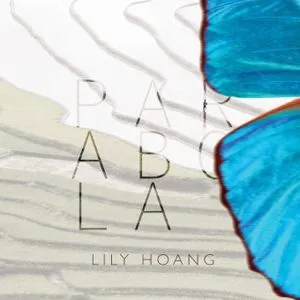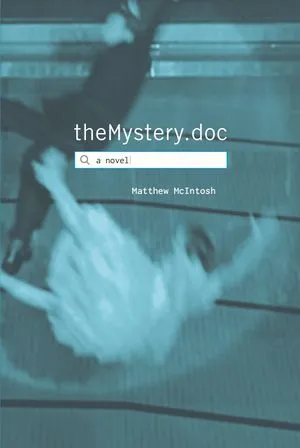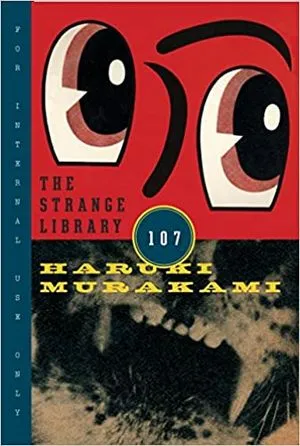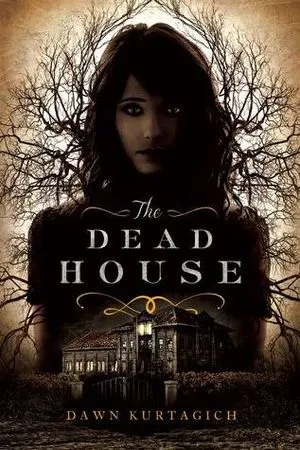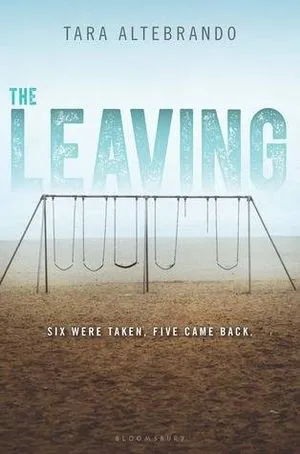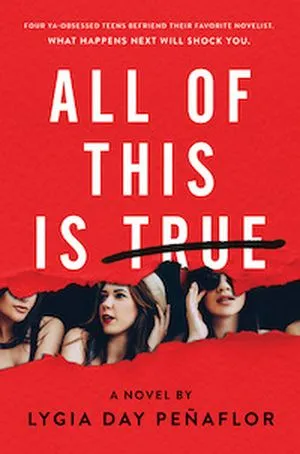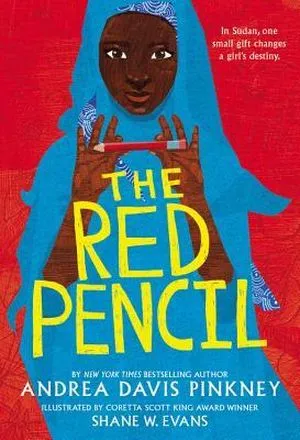
Books Like HOUSE OF LEAVES: An Intro To Ergodic Fiction
Ergodic sounds vaguely Lovecraftian, doesn’t it? Rest assured, it is not, although do buckle in for a ride through fiction’s coolest niche genre: the weird and unconventional world of ergodic literature. If you’re looking for more books like House of Leaves or anything else by Mark Z. Danielewski, this list is for you.
What is ergodic fiction?
The genre of ergodic fiction was proposed by Espen J. Aarseth, a professor at the IT University of Copenhagen. He wrote a book in 1997 called Cybertext: Perspectives on Ergodic Literature, that breaks down what makes a piece of writing ergodic, a term that comes from the Greek words ergon, meaning “work,” and hodos, meaning “path.”
So what makes a book ergodic? It’s not necessarily the content. Although there may be considerable overlap in the new weird genre, which Rioter Mya Nunnally wrote a great beginner’s guide about, it’s less about the book’s narrative and more about how the author presents that narrative on the page. Aarseth’s definition is something of a mouthful: “…nontrivial effort is required to allow the reader to traverse the text. If ergodic literature is to make sense as a concept, there must also be nonergodic literature, where the effort to traverse the text is trivial, with no extranoematic responsibilities placed on the reader except (for example) eye movement and the periodic or arbitrary turning of pages.”
What that really amounts to is whether or not the text follows the conventional format of paragraphs, dialogue tags, standard margins, and all the things that make reading it easy or, as Aarseth calls it, “trivial.” It’s an odd choice of word, since reading a conventional book has significant value on its own, but in the case of this genre, the term means that you’re having to do very little work to read the book: your eye movements are normal as you take in each line of text, the story progresses rather linearly, and all is well.
More Books Like House of Leaves
We’ll use House of Leaves—the most popular book in the genre—as the first example for what “nontrivial” means in this context. That book is a challenge to read, albeit a fun one. It demands more from its reader, since the story is also present in the margins, in tiny footnotes, and sometimes in just a few scattered words tossed across the page like confetti. Your eyes are jumping all over the place as you piece together the story. This is what ergodic fiction is: books or digital text that use unusual methods to tell their stories.
Dive into this list to get familiar with ergodic fiction and see if you like it!
Hopscotch by Julio Cortázar
Cortázar refers to his stream-of-consciousness work as a “counter-novel” because of its unique structure. Argentinian writer Horacio Oliveira is living in Paris in the 1950s with his mistress, La Maga, and he spends his time with a group of bohemian intellectuals who call themselves “The Serpent Club.” When La Maga disappears, Horacio’s life splinters apart, and he returns to Buenos Aires, where life for him gets even weirder. The novel has multiple endings that you can arrive at by choosing how you’d like to read the novel, since it’s split up into two different sequences of chapters. The preferred method is to “hopscotch” around according to Cortázar’s “Table of Instructions” for a nonlinear reading experience.
The Unfortunates by B.S. Johnson
B.S. Johnson’s “book in a box” tells the story of a sports writer sent out on an assignment that gets derailed by the past, as memories of a friend who died tragically haunt him. The book is comprised of 27 unbound sections that only label a first and last chapter—all the other chapters have no particular order, so you can read the story in whichever order you’d like. Each reader’s experience of the novel, then, is totally unique to them, since there are many paths to go down depending on what you choose.
Parabola by Lily Hoang
Hoang weaves the real and the fantastical together in an autobiographical coming-of-age story intersected with myth…and math. The chapters follow the curve of a parabola, and diagrams throughout explain the Pythagorean meaning behind the numbers; 10 being the most perfect number, which appears as the top two chapters mirroring one another in the parabola, and 1, which symbolizes unity and joins the middle of the parabola’s center with 0. It dares you to either read through the paired numbered chapters or to read this reality-myth-math hopping tale in a linear fashion.
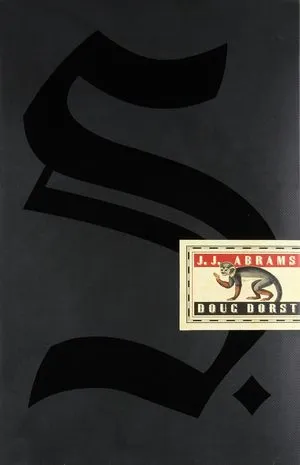
Ship of Theseus by J.J. Abrams and Doug Dorst
I’ve mentioned S. before in a previous post about books with unusual and unconventional formats, and it bears repeating here. A novel makes its way into the hands of two college students who try to study it and uncover its mysteries, which is presented in S. in its entirety, and the students, Jen and Eric, are also present — in the margins, that is. You’ll bounce back and forth between their scribbled notes, Straka’s actual novel, postcards, newspaper clippings, and letters to piece together the full story.
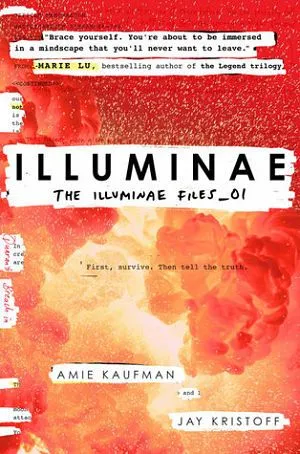
Illuminae by Amy Kaufman and Jay Kristoff
This is another exceptional example of ergodic fiction that bears repeating. Kady wishes she could go back to the days when her biggest problem was breaking up with Ezra, but then her planet gets invaded, and now she has to team up with him to get on the evacuating craft, with an enemy warship and a deadly plague on their heels. This novel is chock full of military files, medical reports, hacked documents, interviews, and more to build a robust picture of the world Kady and Ezra live in.
theMystery.doc by Matthew McIntosh
The core plot has to do with a writer trying to pen his second novel, seeking a form for it that could do this modern world of ours justice, and about a man who wakes up one day having no idea who he is, and no clues except for a blank document on his computer that reads: theMystery.doc. This entire novel is a game of connect-the-dots, challenging you to make sense of the bombardment of everything that distracts us in our daily lives: texts, pictures, IM chats, lines of codes, and all manners of odds and ends that create a truly unique reading experience.
The Strange Library by Haruki Murakami
It started with an innocent trip to the library. The boy knows the library well, but not so much the old man who throws him into a nightmarish maze and demands that he memorize the three books he wanted to borrow in order to be freed…otherwise he’ll eat the boy’s brains. This is a reading experience best enjoyed with the physical book in hand, as Murakami’s tale is a mixture of illustrations (both beautiful and downright unsettling) and text that uses the very pages themselves as a way to tell the story.
The Dead House by Dawn Kurtagich
A high school goes up in flames, claiming the lives of three students. The fourth? No one can find her. Carly Johnson is still missing, but maybe they can find out why, because the diary of the suspect, Kaitlyn, was found in the ruins. Except Kaitlyn and Carly are the same person. Kurtagich’s debut novel fits ergodic fiction through its use of newspaper articles, diary entries, police reports, medical records, and witness testimonials that both increases the mystery and helps you feel immersed in solving it.
The Leaving by Tara Altebrando
Six kindergarteners disappeared on their first day of school…and five came back 11 years later. They have no idea where they’ve been, and they don’t remember the sixth child. This novel uses unconventional formatting to get you right in the heads of the characters as they struggle to remember and understand what they’ve been through, ensuring that you are just as disoriented as they are when their thoughts scatter across the page.

Multiple Choice by Alejandro Zambra
Zambra’s delightful novel is presented entirely in the form of a multiple choice test, and if you had a knee-jerk panicked reaction to that like I did, I promise: You will not be graded on this test. It gives the reader many ways to experience this story, and may prompt you to grab some scratch paper and a pencil to keep track of your answers. What’s it about? That’s up to what answers you select.
All of This is True by Lygia Day Peñaflor
They tell you to never meet your heroes. Four teens end up befriending their favorite novelist anyway, but what they didn’t expect was to find themselves in her next novel…and not in a good way, because some of their deepest secrets end up splashed across those pages. The scandal is laid out using pages from the novelist’s book, journal entries, interviews, video transcripts, and more.
Bats of the Republic by Zachary Thomas Dodson
In 1843, a naturalist from Chicago is charged with delivering a secret letter to a general on the frontlines during the turmoil in Texas. This same letter finds its way into the hands of a descendent of the naturalist’s some 300 years later, after society has collapsed, and might be the key to undoing all the wrong that has befallen the world. This tale is pieced together through maps, newspaper clippings, pamphlets, and diagrams, encouraging the reader to puzzle out the mystery as they go along.
The Red Pencil by Andrea Davis Pinkney
Here’s an example of ergodic fiction in children’s lit. Amira had a peaceful life in her Sudanese village before the Janjaweed attackers arrived. She has to make the long, hard journey to the safety of the refugee camp on foot, which feels like an impossible task—until she’s given a red pencil. Amira’s story is told through gorgeous, lyrical verse that builds the story both through the words on the page and between each line, accompanied with illustrations to show Amira’s world.
Want more experimental literature in the ergodic or weird fashion? We can help with that! Head on over to TBR and let our professional Book Riot nerds match you with the perfect strange book to scratch that avant garde itch.





